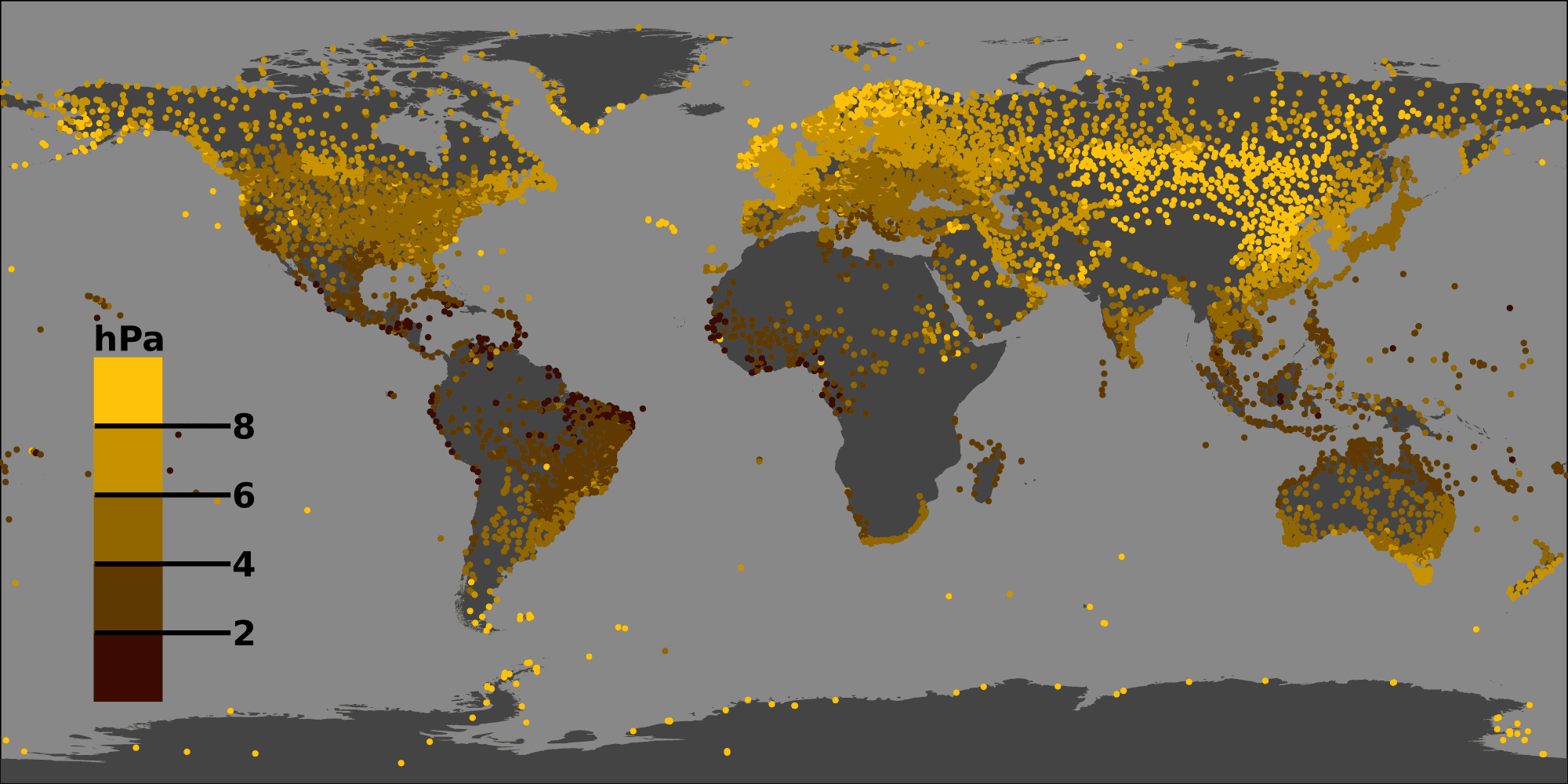Just to add my CHF 0.02 to the old thread. In case you were wondering how pressure measurements affect hit probability, here's a picture:
View attachment 300237
(Lapua Scenar 10 g, cal. 7.62, V0 = 850 m/s, other conditions are assumed excellent)
The scenarios are:
0: ideal
2: Kestrel-style handheld barometer
7: By altitude (std pressure at altitude, ignoring daily and seasonal variations) using map or GPS in mid latitudes of Europe and America. Achtung: this does not apply to deep continental Asia, where seasonal variations are huge.
14: By altitude in Arctic, or anywhere using crappy mechanical pocket barometer
28: Deep continental Asia (e.g. South Siberia) by altitude, or "by feeling" altitude in a mountain relief.
People tend to overestimate the importance of pressure measurements. Most of the time, if you know your altitude and use the standard atmosphere table value, you are very close to the truth (at 1000 m, about 3% loss of hit probability, as compared to the ideal situation). Accurate temperature measurements are WAY more important.


